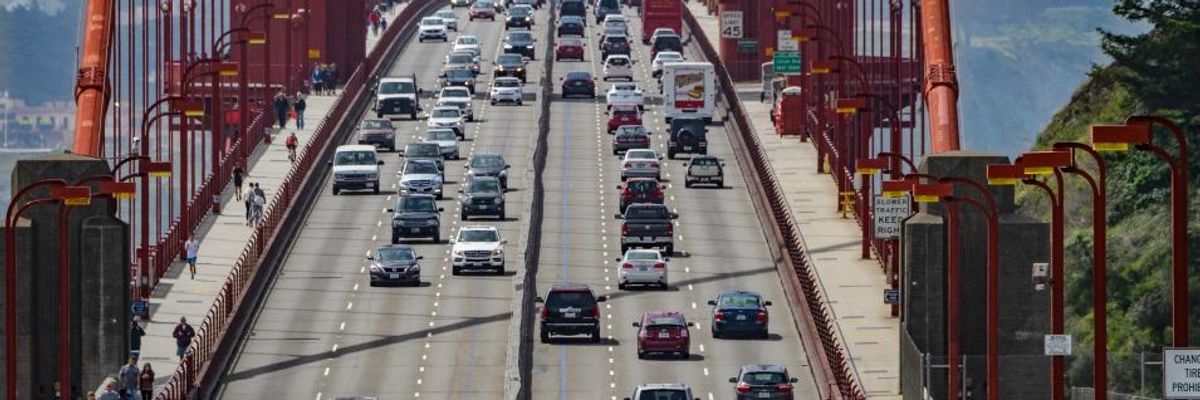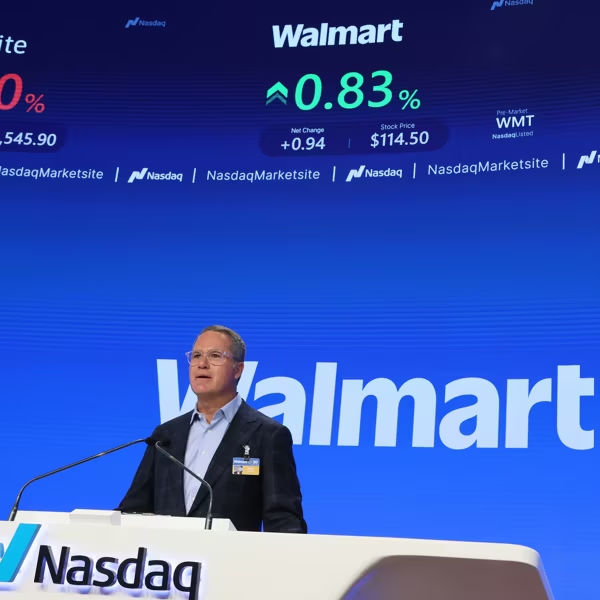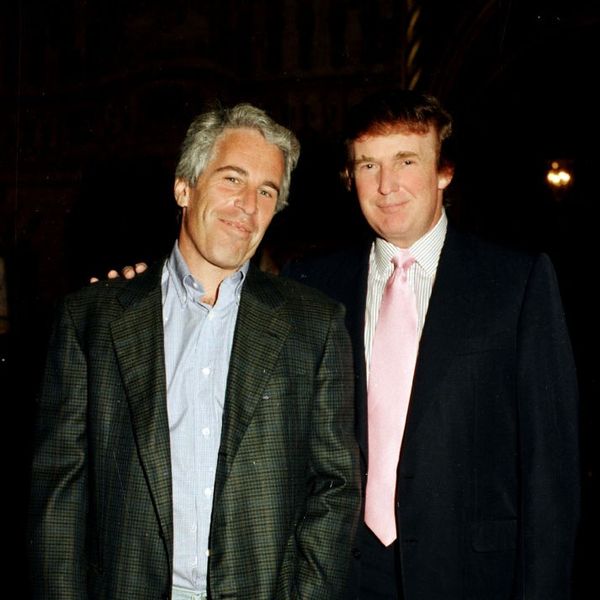
California lawmakers passed a bill this week aiming for 100 percent renewable energy in the state by 2045--but a new study finds local and state efforts aren't enough to combat the climate crisis. (Photo: Diana Robinson/Flickr/cc)
Local Efforts Noble, But Study Shows Scale of Climate Threat Demands 'Heavy Lifting' of National Governments
"The actions of cities, companies, and states aren't insignificant but they can't do it by themselves."
Since President Donald Trump withdrew from the Paris climate agreement in 2017, a number of local governments have taken it upon themselves to meet the deal's requirements to the extent that they can--but a new study finds that while those efforts are admirable and significant for individual states and communities, they are no match for the climate crisis fast accelerating by increased carbon emissions around the world.
Local leaders should continue doing what they can to combat the climate crisis, researchers at Data-Driven Yale found in their study. But until the United States--the world's largest driver of greenhouse gas emissions--is led by a government that prioritize a sharp reduction of carbon emissions and a shift to renewable energy, individual cities' and states' ability to slow the climate crisis will be minimal.
\u201cAlthough cities and businesses are working together to fight climate change, the responsibility to cut emissions still lies with national governments https://t.co/0eXdhNRk8L\u201d— Unearthed (@Unearthed) 1535623206
\u201cAn analysis of climate change pledges made by nearly 6,000 cities, regions and states, has found that \u201ctheir emissions reductions are relatively small\u201d and that they \u201cdon\u2019t fully compensate\u201d for an uncooperative US under president Trump. | @guardian https://t.co/4vWgEeG3Jm\u201d— Carbon Brief (@Carbon Brief) 1535617176
Examining the efforts of nearly 6,000 cities and states and 2,000 businesses--like California's advancement on Tuesday of a 100 percent renewable energy bill--found that those initiatives will only reduce U.S. carbon emissions by 1.5 billion to 2.2 billion metric tons by 2030.
In contrast, the United States' carbon output last just last year was 5.14 billion metric tons.
"When we look at the individual pledges the impact isn't that large, so we absolutely need national governments to pull through and do a lot of the heavy lifting," Dr. Angel Hsu, director of Data-Driven Yale, told The Guardian. "The actions of cities, companies, and states aren't insignificant but they can't do it by themselves. This shows everyone can be doing more. The current reductions are woefully inadequate and hopefully the actions of other entities will give national governments the confidence to be more ambitious."
The individual actions of forward-thinking governors and mayors, the study suggests, is no match for an administration which refuses to even acknowledge the consensus of 97 percent of climate scientists that human activity is contributing to the climate crisis, and which announced last week a plan under which states would be able to regulate their emissions from coal plants.
"The idea we just tighten our belt a bit isn't going to solve the problem. We need to stop using the atmosphere as a dumping ground, abandon fossil fuels, find other sources of energy and deal with the carbon debt we already have," Klaus Lackner, the director of Center for Negative Carbon Emissions at Arizona State University, told The Guardian.
An Urgent Message From Our Co-Founder
Dear Common Dreams reader, The U.S. is on a fast track to authoritarianism like nothing I've ever seen. Meanwhile, corporate news outlets are utterly capitulating to Trump, twisting their coverage to avoid drawing his ire while lining up to stuff cash in his pockets. That's why I believe that Common Dreams is doing the best and most consequential reporting that we've ever done. Our small but mighty team is a progressive reporting powerhouse, covering the news every day that the corporate media never will. Our mission has always been simple: To inform. To inspire. And to ignite change for the common good. Now here's the key piece that I want all our readers to understand: None of this would be possible without your financial support. That's not just some fundraising cliche. It's the absolute and literal truth. We don't accept corporate advertising and never will. We don't have a paywall because we don't think people should be blocked from critical news based on their ability to pay. Everything we do is funded by the donations of readers like you. Will you donate now to help power the nonprofit, independent reporting of Common Dreams? Thank you for being a vital member of our community. Together, we can keep independent journalism alive when it’s needed most. - Craig Brown, Co-founder |
Since President Donald Trump withdrew from the Paris climate agreement in 2017, a number of local governments have taken it upon themselves to meet the deal's requirements to the extent that they can--but a new study finds that while those efforts are admirable and significant for individual states and communities, they are no match for the climate crisis fast accelerating by increased carbon emissions around the world.
Local leaders should continue doing what they can to combat the climate crisis, researchers at Data-Driven Yale found in their study. But until the United States--the world's largest driver of greenhouse gas emissions--is led by a government that prioritize a sharp reduction of carbon emissions and a shift to renewable energy, individual cities' and states' ability to slow the climate crisis will be minimal.
\u201cAlthough cities and businesses are working together to fight climate change, the responsibility to cut emissions still lies with national governments https://t.co/0eXdhNRk8L\u201d— Unearthed (@Unearthed) 1535623206
\u201cAn analysis of climate change pledges made by nearly 6,000 cities, regions and states, has found that \u201ctheir emissions reductions are relatively small\u201d and that they \u201cdon\u2019t fully compensate\u201d for an uncooperative US under president Trump. | @guardian https://t.co/4vWgEeG3Jm\u201d— Carbon Brief (@Carbon Brief) 1535617176
Examining the efforts of nearly 6,000 cities and states and 2,000 businesses--like California's advancement on Tuesday of a 100 percent renewable energy bill--found that those initiatives will only reduce U.S. carbon emissions by 1.5 billion to 2.2 billion metric tons by 2030.
In contrast, the United States' carbon output last just last year was 5.14 billion metric tons.
"When we look at the individual pledges the impact isn't that large, so we absolutely need national governments to pull through and do a lot of the heavy lifting," Dr. Angel Hsu, director of Data-Driven Yale, told The Guardian. "The actions of cities, companies, and states aren't insignificant but they can't do it by themselves. This shows everyone can be doing more. The current reductions are woefully inadequate and hopefully the actions of other entities will give national governments the confidence to be more ambitious."
The individual actions of forward-thinking governors and mayors, the study suggests, is no match for an administration which refuses to even acknowledge the consensus of 97 percent of climate scientists that human activity is contributing to the climate crisis, and which announced last week a plan under which states would be able to regulate their emissions from coal plants.
"The idea we just tighten our belt a bit isn't going to solve the problem. We need to stop using the atmosphere as a dumping ground, abandon fossil fuels, find other sources of energy and deal with the carbon debt we already have," Klaus Lackner, the director of Center for Negative Carbon Emissions at Arizona State University, told The Guardian.
Since President Donald Trump withdrew from the Paris climate agreement in 2017, a number of local governments have taken it upon themselves to meet the deal's requirements to the extent that they can--but a new study finds that while those efforts are admirable and significant for individual states and communities, they are no match for the climate crisis fast accelerating by increased carbon emissions around the world.
Local leaders should continue doing what they can to combat the climate crisis, researchers at Data-Driven Yale found in their study. But until the United States--the world's largest driver of greenhouse gas emissions--is led by a government that prioritize a sharp reduction of carbon emissions and a shift to renewable energy, individual cities' and states' ability to slow the climate crisis will be minimal.
\u201cAlthough cities and businesses are working together to fight climate change, the responsibility to cut emissions still lies with national governments https://t.co/0eXdhNRk8L\u201d— Unearthed (@Unearthed) 1535623206
\u201cAn analysis of climate change pledges made by nearly 6,000 cities, regions and states, has found that \u201ctheir emissions reductions are relatively small\u201d and that they \u201cdon\u2019t fully compensate\u201d for an uncooperative US under president Trump. | @guardian https://t.co/4vWgEeG3Jm\u201d— Carbon Brief (@Carbon Brief) 1535617176
Examining the efforts of nearly 6,000 cities and states and 2,000 businesses--like California's advancement on Tuesday of a 100 percent renewable energy bill--found that those initiatives will only reduce U.S. carbon emissions by 1.5 billion to 2.2 billion metric tons by 2030.
In contrast, the United States' carbon output last just last year was 5.14 billion metric tons.
"When we look at the individual pledges the impact isn't that large, so we absolutely need national governments to pull through and do a lot of the heavy lifting," Dr. Angel Hsu, director of Data-Driven Yale, told The Guardian. "The actions of cities, companies, and states aren't insignificant but they can't do it by themselves. This shows everyone can be doing more. The current reductions are woefully inadequate and hopefully the actions of other entities will give national governments the confidence to be more ambitious."
The individual actions of forward-thinking governors and mayors, the study suggests, is no match for an administration which refuses to even acknowledge the consensus of 97 percent of climate scientists that human activity is contributing to the climate crisis, and which announced last week a plan under which states would be able to regulate their emissions from coal plants.
"The idea we just tighten our belt a bit isn't going to solve the problem. We need to stop using the atmosphere as a dumping ground, abandon fossil fuels, find other sources of energy and deal with the carbon debt we already have," Klaus Lackner, the director of Center for Negative Carbon Emissions at Arizona State University, told The Guardian.

